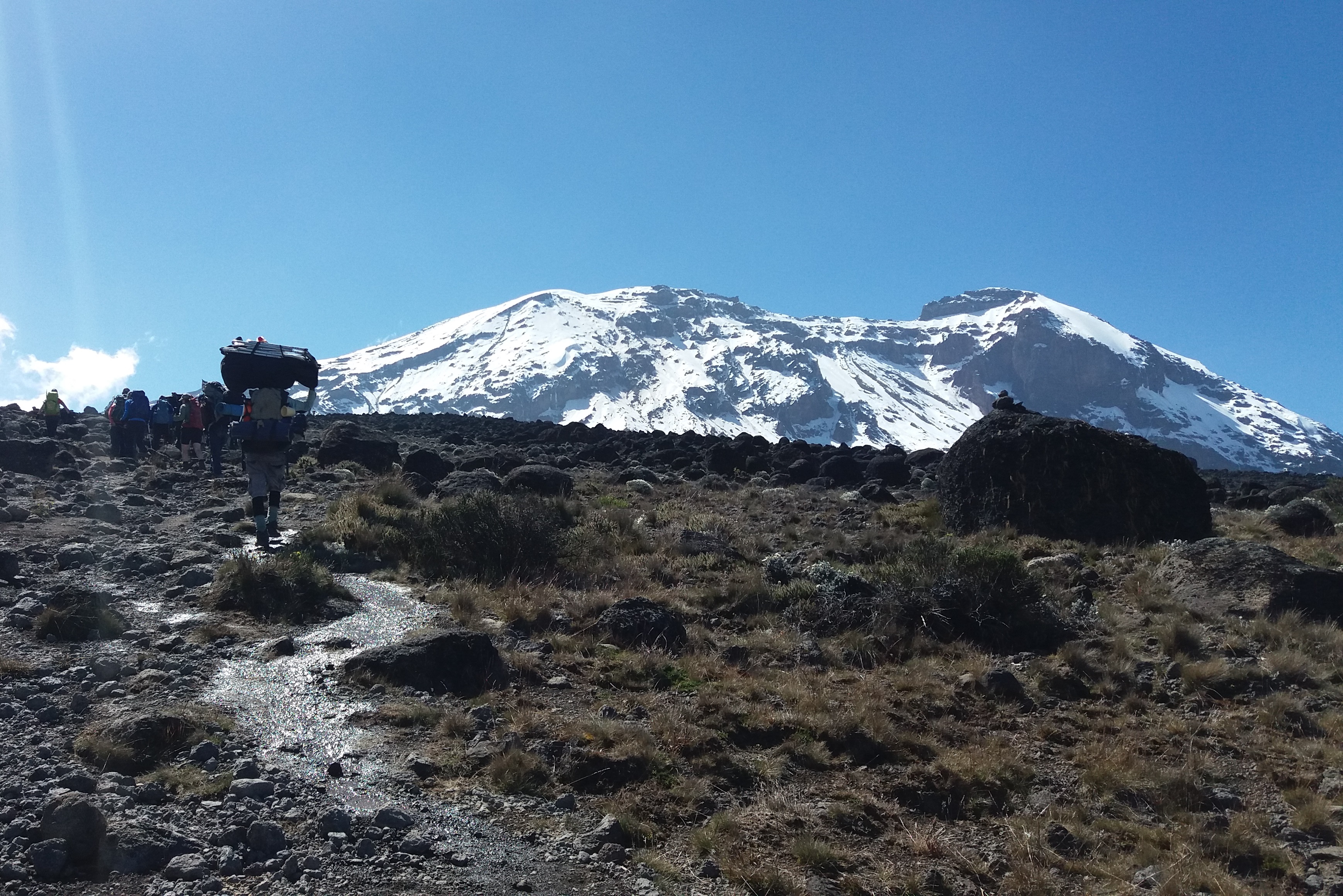
Climbing Mount Kilimanjaro is an unforgettable experience, and choosing the right time is crucial for a successful trek. While you can technically climb year-round, the optimal months for good weather and visibility are January through early March and June through October. Here’s a month-by-month breakdown to help you plan:
Ideal Months: January, February, and Early March
Conditions: Mostly dry with clear skies and good visibility.
Highlights: Epic photo opportunities with possible snow at higher altitudes.
Crowds: While it’s considered high season, the slopes are often quieter compared to the main climbing season (June to September).
Best For: Hikers who want pleasant weather without large crowds.
March, April, and May
Early March: Generally beautiful, but rain can begin later in the month.
April and May: Long rains make climbing challenging, with muddy trails and poor visibility.
Recommendations: Experienced hikers looking to avoid crowds might consider this time, but be prepared for difficult conditions.
June, July, August, and September
Conditions: This is the main climbing season, known for the best weather.
Crowds: Expect larger groups, especially in July and August. To avoid crowds, consider climbing in June or September.
Best For: Climbers who don’t mind the busyness and want optimal weather for their ascent.
October and November
October: Generally good conditions but may experience occasional rain.
November: Short rains begin, primarily in the afternoons, leading to a quieter mountain experience.
Recommended Routes: The Rongai or Northern Circuit routes, which are more sheltered from rain.
Best For: Those who prefer solitude and are not deterred by light rain.
Climate and Conditions
Kilimanjaro’s unique climate, influenced by its proximity to the equator, features distinct rainy and dry seasons:
Dry Seasons: January to early March and June to October are characterized by clear skies and great hiking conditions.
Rainy Seasons: Heavy rains occur from late March to May, while light rains typically fall in November. April is the rainiest month, making trekking difficult.
Temperature Variations
As you ascend, temperatures drop significantly. The summit zone is classified as "Arctic," with consistent freezing temperatures. The coldest months are typically December to March and June, when snow is possible.
Avoiding CrowdsFor those seeking a more tranquil experience, consider climbing during the shoulder seasons (just before and after the rains). Although rain is more likely, the rewards of solitude and breathtaking views can be worth it. Opt for less-traveled routes like the Northern Circuit, Rongai, or Lemosho to enhance your experience away from the crowds.
Conclusion
The best time to climb Kilimanjaro combines favorable weather, fewer crowds, and stunning scenery. Whether you prefer a bustling atmosphere or a peaceful ascent, there’s a perfect time for every adventurer on this iconic mountain.






